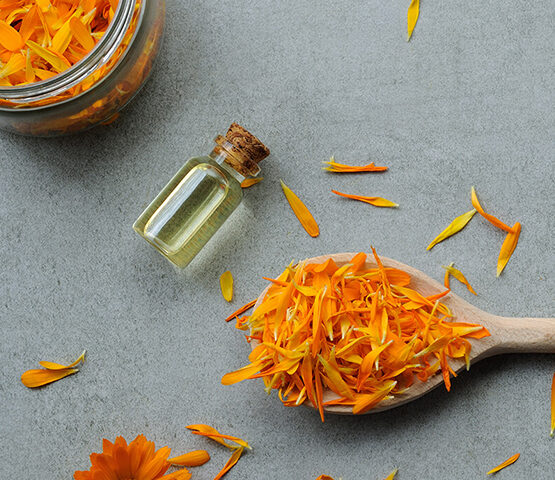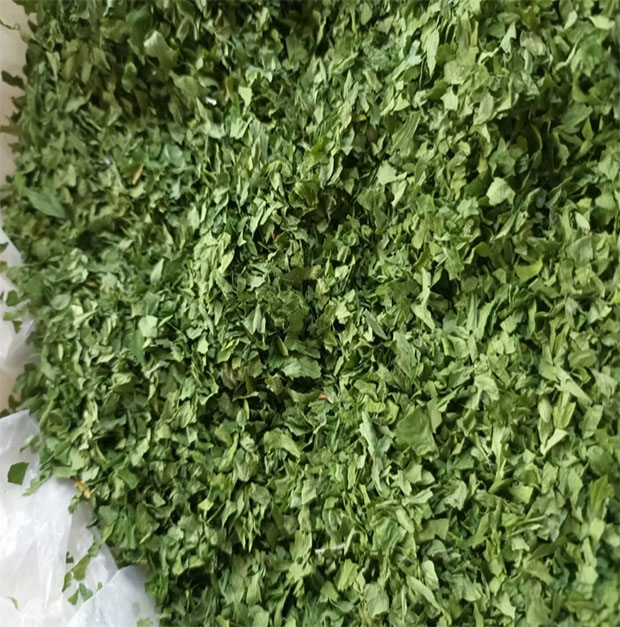Calendula export import supplier

Product Name
Calendula
金盏花
Caléndula
Календула
Ringelblume
Calendula
Aynısefa
Καλέντουλα

Calendula export import supplier – Premium Dried Marigold Flowers Calendula Officinalis
Overview Reliable Calendula
Are you searching for a trusted Calendula export import supplier? We provide top-quality dried marigold flowers Calendula officinalis known worldwide for their medicinal, culinary, and cosmetic benefits. Also called pot marigold, Calendula is a highly demanded herb in international trade.
Botanical Information of Calendula export import Marigold Flowers
Common Name Marigold Flowers
Botanical Name Calendula Officinalis
Alternative Name Pot Marigold
Arabic Name عباد – جلانديولا
Available Forms and Packaging of Calendula export import Flowers
We offer Calendula in multiple forms tailored to your business needs
Whole dried marigold flowers
Dried marigold petals
Seasonal Availability January to May
Packaging Options
Carton boxes
PP Polypropylene bags
Calendula Flower Specifications
Purity 99%
Moisture Content 1%
Processing Method
Calendula export import supplier flowers are harvested in several cuts during their growth. After harvesting, flowers undergo natural sun drying with protective covers to prevent contamination from dust wind and moisture. Dried flowers are then packed in export-grade cartons to maintain freshness and quality.
Medicinal Uses of Calendula Officinalis
Calendula export import is a potent herb used traditionally and in modern medicine for
Herbal teas to promote sweating relieve stomach cramps and increase urination
Ointments made from leaves to treat cuts scalds acne and skin irritations
Fresh flowers applied on bee stings to reduce pain
Historical and Cultural Significance of Calendula Export Import Supplier
Used historically for headaches fever toothaches and eye redness
Seventeenth-century herbalist Nicholas Culpeper praised its heart health benefits
Featured in sixteenth-century magical rituals for revealing fairies and matchmaking
Ancient Romans and Greeks used Calendula in religious ceremonies and wore it as garlands
Sacred in India used to decorate deity statues
Known as Mary’s Gold in early Christianity for its religious importance
Culinary Uses of Calendula Flowers
Known as the poor man’s saffron due to its vibrant color and mild bitter taste Calendula petals are edible and commonly used in
Fresh salads
Coloring and flavoring cheese soups custards stews and liquors
Traditional English cuisine with spinach and stewed birds
Dutch soups since the sixteenth century
Broths and stews origin of the name pot-marigold
Why Choose Us as Your Calendula export import supplier
Guaranteed high-purity lab-tested Calendula flowers
>Professional sun drying with strict moisture control
Export-quality packaging ensuring freshness and compliance
Full adherence to international phytosanitary and customs regulations
Supplying to Germany USA UAE Canada Netherlands and global markets
Contact us today for premium dried Calendula flowers and reliable export-import services
“text-align: center;”>To watch a video about this product , visit the following link
https://deltaspiceegy.com/category/our-products/herbs/
https://en.wikipedia.org/wiki/Calendula



